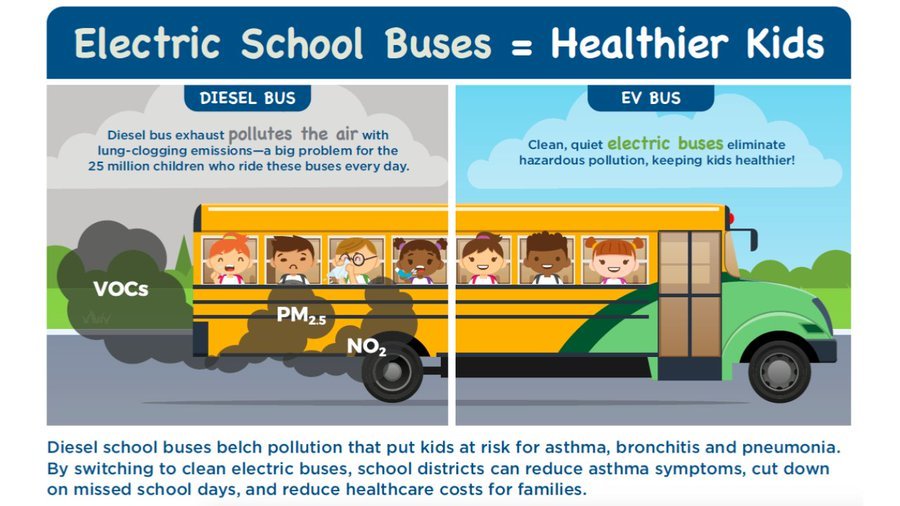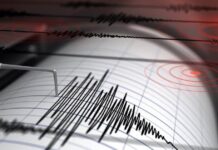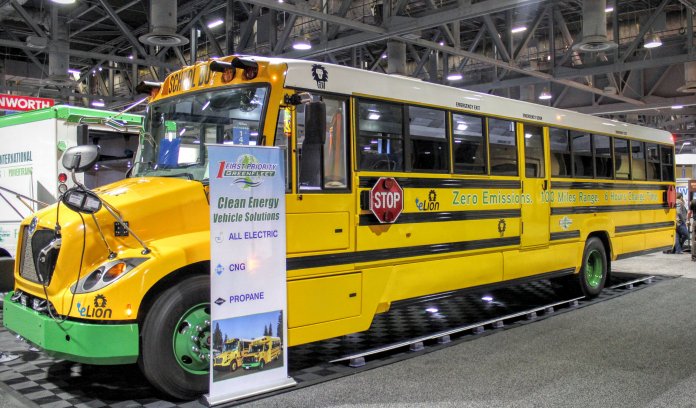Dominion Energy, a Virginia, US-based utility, is working on methods to support the integration of a new 2.6-gigawatt offshore wind farm.
The company has come up with a plan to use the batteries for electric school busses as a grid flexibility asset.
The project worth $16million will allow Dominion to distribute 50 battery-powered electric school busses. These busses will be distributed locally and are equipped with bidirectional charging.
When these busses are in an idle position, the utility will store excessive energy in the batteries. This technology is known as vehicle-to-grid or V2G. Although it is not new, it is still in the process of development with plenty of potential for futuristic evolving.
V2G technology is being considered as a progression for electric vehicle smart charging as trials for this energy-management and storage asset seem promising and are currently on-going. However, finding the right bus models to support this technology is the tricky part.
Dominion aims to launch the first 50 utilities integrated with V2G tech by the end of 2020 for commercial purposes.
The unique profile of electric school buses, where they park, the hours they operate and the miles they run, means much of the electric battery capacity isn’t needed much of the time, creating a great opportunity for shared battery use, -Mark Webb, senior vice president and chief innovation officer at Dominion Energy
Pakistan to Manufacture Electric Rickshaws Under New EV Policy!
The cost of just one bus is $325,000; however, the manufacturer will provide these busses at the rate of $100,000 (same price as diesel busses) to schools. Once the school busses have made their rounds for the day, they will return to their designated depots and will be plugged into the bidirectional chargers.
Once they have been connected, the utility will charge the batteries using a digital-based energy-management system, which takes 3-3.5 hours at the optimal time. The management system – APEX, has been provided by Proterra, a California based automotive and energy storage company.
Offshore wind will produce more electricity primarily in the evening, afternoon, or night time; with this program, we can charge the batteries when those renewables produce energy and have the flexibility to use it when we need it.
This helps stabilize the distribution grid for voltage levels and other factors, -Dan Weekley, vice president of innovation policy and development at Dominion Energy
Weekly continues:
There will be, I’m sure, a learning curve as we explore and investigate different uses and ways to maximize its value as the grid evolves because it is constantly changing due to the type of power it’s managing.
Overall, Weekly says that the project has been popular amongst residents as the busses provide 6-times-better internal air quality as compared to the non-electric variants, and not to forget that this direct benefit is being given to the customer’s children.

Time will tell how fruitful V2G tech will prove to be for students across America, and eventually around the world. As EV technology is currently making its way into Pakistan via policies, it will be interesting to see how the country plans to adapt to it.
Stay tuned to Brandsynario for more news and updates.
ECC Approves EV Policy for 2 & 3-Wheelers, Heavy Commercial Vehicles!











































